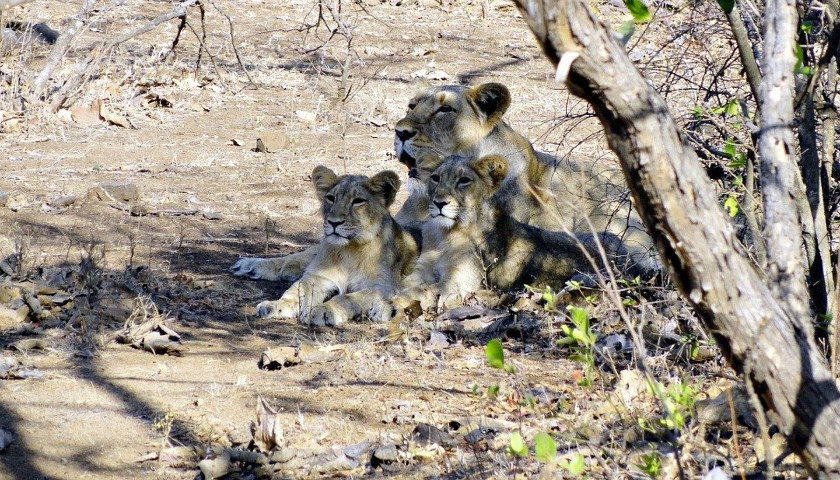In this blog post we are providing complete information about the Asiatic lion, a subspecies of lion native to the Indian subcontinent. We discussed the history of the Asiatic lion, including its decline in numbers and current conservation efforts. We also provide information about the geography of the Gir Forest National Park, the only remaining habitat of the Asiatic lion. Additionally, we offer a travel guide for those interested in visiting Gir Forest National Park to see the Asiatic lions in their natural habitat. Our goal is to raise awareness and educate our readers about the Asiatic lion and its plight as an endangered species.
The Asiatic Lion is a subspecies of lion that is native to the Indian subcontinent. It is also known as the Indian lion or the Persian lion. The Asiatic lion is distinguished from the African lion by its smaller size and less robust mane.
Asiatic lions have a long and rich history in India. They were once found throughout the country, but their numbers have declined dramatically over the centuries due to hunting and habitat loss. Today, the only remaining population of Asiatic lions is found in the Gir Forest National Park in the Indian state of Gujarat.
In recent years, the Asiatic lion population has been steadily increasing due to conservation efforts. In 2015, the population was estimated to be around 600 individuals.
Visitors to Gir Forest National Park can see the Asiatic lions in their natural habitat. The park offers safari tours, where visitors can spot the lions and other wildlife from the comfort of a vehicle.
Click here for Gir National Park Travel Guide
Asiatic lions are protected by the Indian government, and efforts are being made to expand their protected habitat and to relocate some of the lions to other protected areas in order to reduce the risk of inbreeding and to increase the overall population.
Despite these efforts, the Asiatic lion remains an endangered species, and its future remains uncertain. It is important for the Indian government and conservation organizations to continue their efforts to protect and preserve this majestic animal.







Leave a Comment :